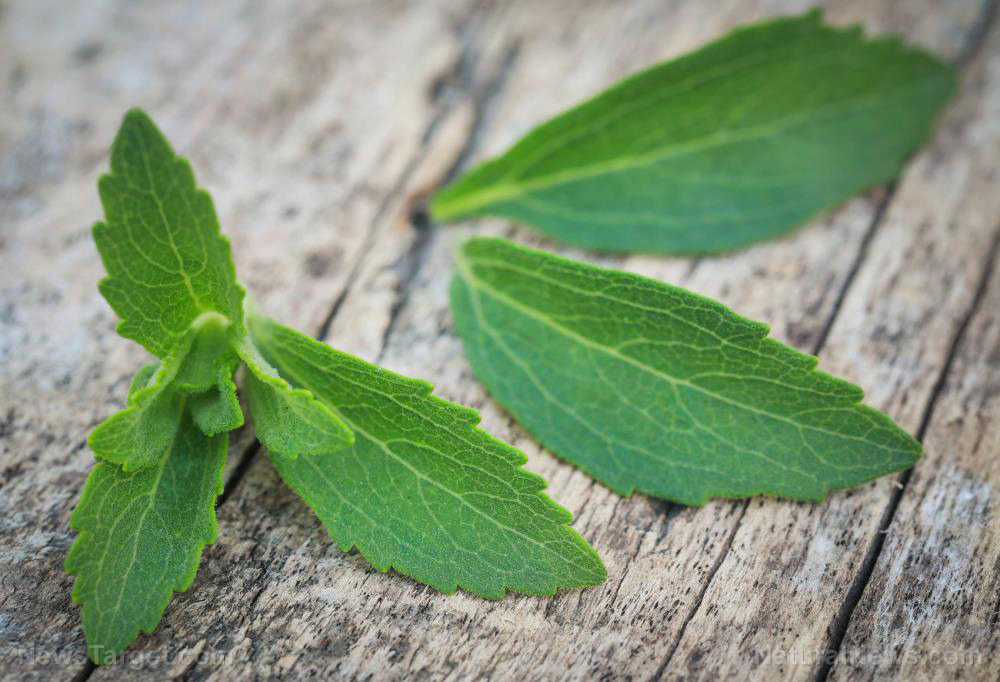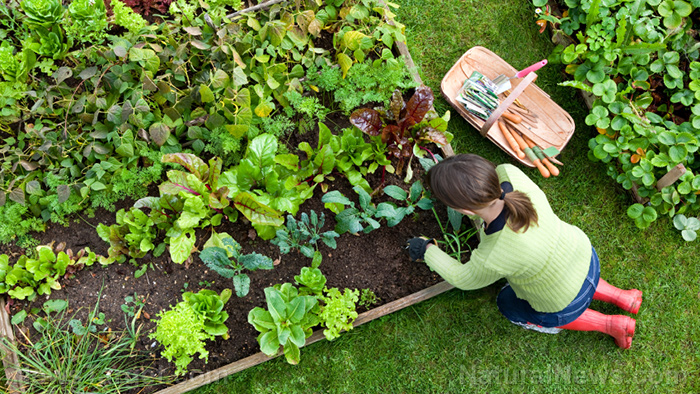
Food starter kit basics
To make a food storage starter kit, you will need a box that measures 19 x 13 x 7.5 inches. It should contain enough food to feed one person three meals a day for at least one month. A box of this size should be large enough to fit at least six #10 cans. These cans are bigger than a typical can of food. If you want your food starter kit to last longer, you may want to invest in #10 cans of dehydrated or freeze-dried food. (Related: Protect yourself against food shortage with these useful prepping practices.) Remember that when SHTF, your food starter kit will ensure that you don't starve, but don't expect that your supplies can be used to create gourmet meals. Stick to versatile ingredients that you can use to prepare or cook in times of hardship. Once you understand the basics of preparing a food starter kit for all family members, you can eventually move on to starting a food storage pantry. Alternatively, you can store the food starter kit in a safe place like under your bed or in a cabinet in the kitchen until you need an emergency food supply after SHTF.What to include in your food starter kit
When choosing items for your kit, opt for foods that will last for at least 1o to 20 years. This ensures that you don't have to rotate your supplies, like if you choose small canned goods that only have a two or five-year shelf life, especially if the food is stored in liquid. Your food starter kit should take up only a small amount of space. Try to make it compact enough so you can hide or store it under your bed or in a coat closet. Each can of food should have 15 or more servings of food:- 2 Cans of food for breakfast with 15 servings = Enough for one month
- 2 Cans of food for lunch with 15 servings = Enough for one month
- 2 Cans of food for dinner with 15 servings = Enough for one month
- Black beans
- Eggs (Whole eggs or quail eggs)
- Oats
- Pinto beans
- Potatoes
- Rice
- Black bean burger
- Brown sugar oatmeal
- Chili
- Cream of wheat
- Soups
Other canned food options for food storage kit
These other canned food options have a shorter shelf life compared to the dry foods listed above, but they're worth adding to your kit if you want to have more variety when SHTF: Before SHTF, prepare your food storage starter kit so you have enough food for at least one month. Visit Preparedness.news for more tips on how to set up your food stockpile. Watch the video below for nine reasons to add coconut oil to your survival food supply. This video is from the Health Ranger Store channel on Brighteon.com.More related stories:
Protect yourself against food shortage with these useful prepping practices. Food storage tips: How to protect your food supply from bugs and pests. Prepper projects: Building a root cellar for food storage. Sources include: PreppersSurvive.com BuildAStash.com Brighteon.comCalifornia faces legal battle over new restrictions on concealed carry permits
By Laura Harris // Share
Stevia kills Lyme disease pathogen better than antibiotics (preclinical study)
By News Editors // Share
The Sheriff Mack Show: Recall petition against Nebraska sheriff is UNCONSTITUTIONAL – Brighteon.TV
By Arsenio Toledo // Share
Webb telescope captures ancient SUPERNOVA from universe's infancy
By ljdevon // Share
Under the Poisoned Sky: The terrifying truth behind geoengineering
By ramontomeydw // Share
Democratic senators urge Apple and Google to ban X over AI-generated images
By lauraharris // Share
Pennsylvania man charged over theft of human remains from historic cemetery
By avagrace // Share
Hair and droppings prompt RECALLS of Novo Nordisk's Wegovy and Gold Star products
By oliviacook // Share











